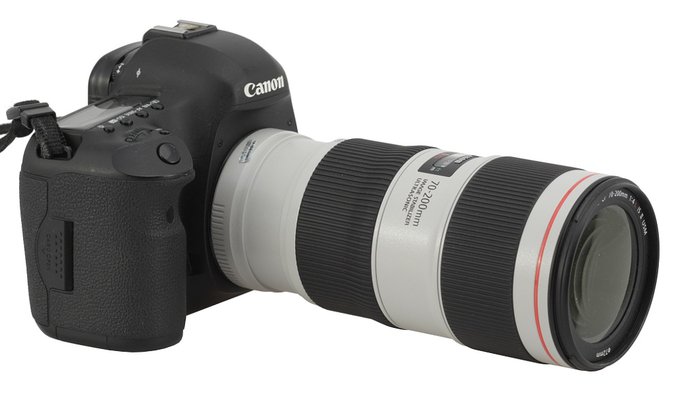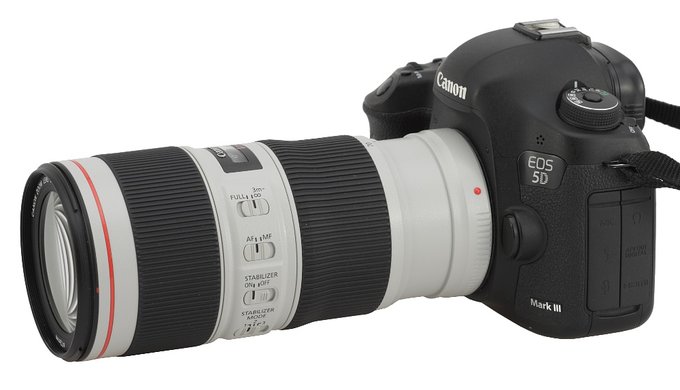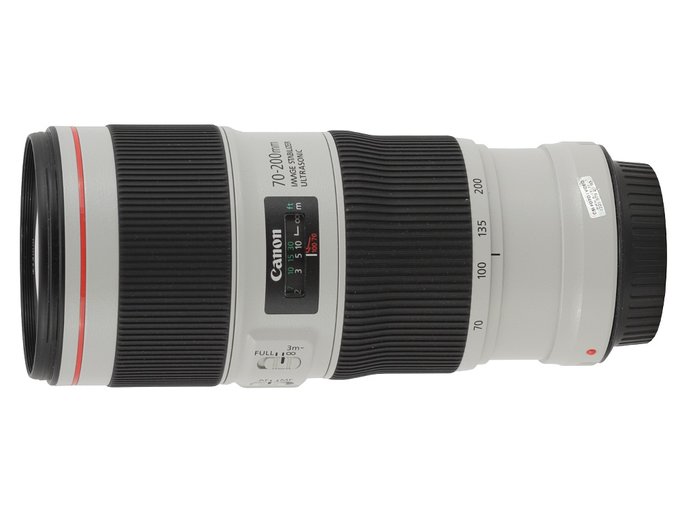Canon EF 70-200 mm f/4L IS II USM
1. Introduction
Less than three years later the Canon EF 70-210 mm f/3.5-4.5 USM appeared on the market. Compared to its predecessor it had a slightly changing aperture, more optical elements inside and was equipped with an ultrasonic autofocus motor.
The first L type lens of this kind (L meaning Luxury) was the Canon EF 70-200 mm f/4L USM, shown in September 1999. At the beginning of the digital era it was actually one of the most often recommended lenses of the Canon system, mainly due to its solid, sealed barrel, very good optical properties and quite acceptable price which was about $650.
Please Support UsIf you enjoy our reviews and articles, and you want us to continue our work please, support our website by donating through PayPal. The funds are going to be used for paying our editorial team, renting servers, and equipping our testing studio; only that way we will be able to continue providing you interesting content for free. |
- - - - - - - - - - - - - - - - - - - - - - - - - - - - - - - - - - - - - - - - - - - - - - - -
In the 70-200 mm range optical stabilization is very useful; small wonder that the next version of that lens, namely the Canon EF 70-200 mm f/4L IS USM presented in 2006, featured a stabilization unit. Its mechanical and optical properties also proved to be excellent. Still there was a fly in the ointment – the price. The new Canon was distinctly more expensive than its predecessor, with its price tag around $900.
If you think that price-point was really exceedingly high, you undestimate Canon. In June 2018 the Canon EF 70-200 mm f/4L IS II USM was launched and right after hitting the shelves it was priced at $1200. Such a significant rise in price was rather strange, especially that the new construction featured hardly any changes compared to the optical construction of its predecessor. Both models have the same number of elements, groups, and special glass elements. Still not everything remained the same, there are some updates over its predecessor – the filter diameter and the number of aperture blades increased, plus the stabilization efficiency is supposed to amount to 5 EV, so one aperture stop more than the stabilization of the older version. Also new coatings, both antireflection and hydrophobic, have been employed. The new lens is also slightly bigger and heavier. Of course all these factors might influence the optical performance. There was also one important fact, making us more inclined to test the new Canon. We handled its predecessor long time ago, when the Canon EOS 20D was the only body available in our office for testing. We couldn't check the performance of that lens on full frame so we intended to make up for that now, while running the test of the new lens. What's more, we intended to test the resolution of the new device with a thrid generation teleconverter which fares much better than its second generation predecessor.
The following chart compares basic properties of all lenses, mentioned above.
Courtesy of the Canon Polska we were given an opportunity to test the new model in practice and our impressions you can find in the following chapters
You are also invited to get acquainted with our test procedure, described in the article "How do we test lenses?" If you feel it’s still not enough, please go to our FAQ section where you can find some further explanation.
 |
 |







